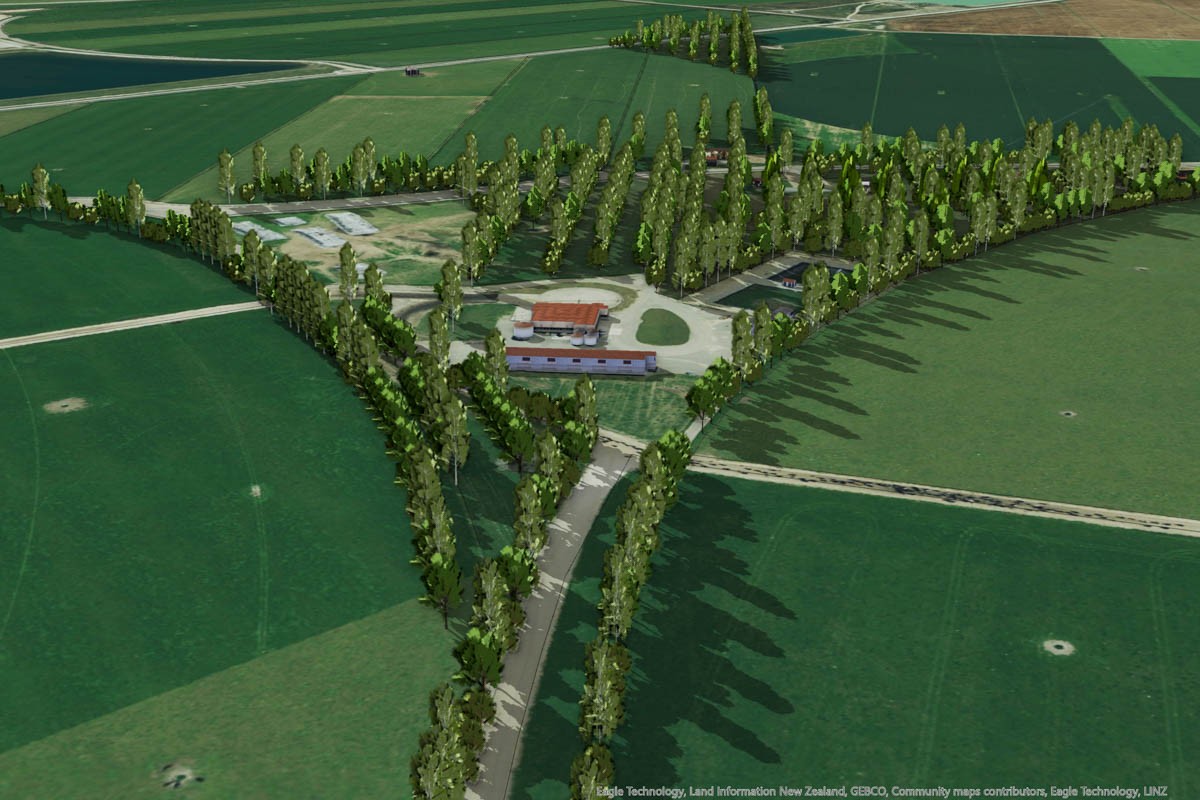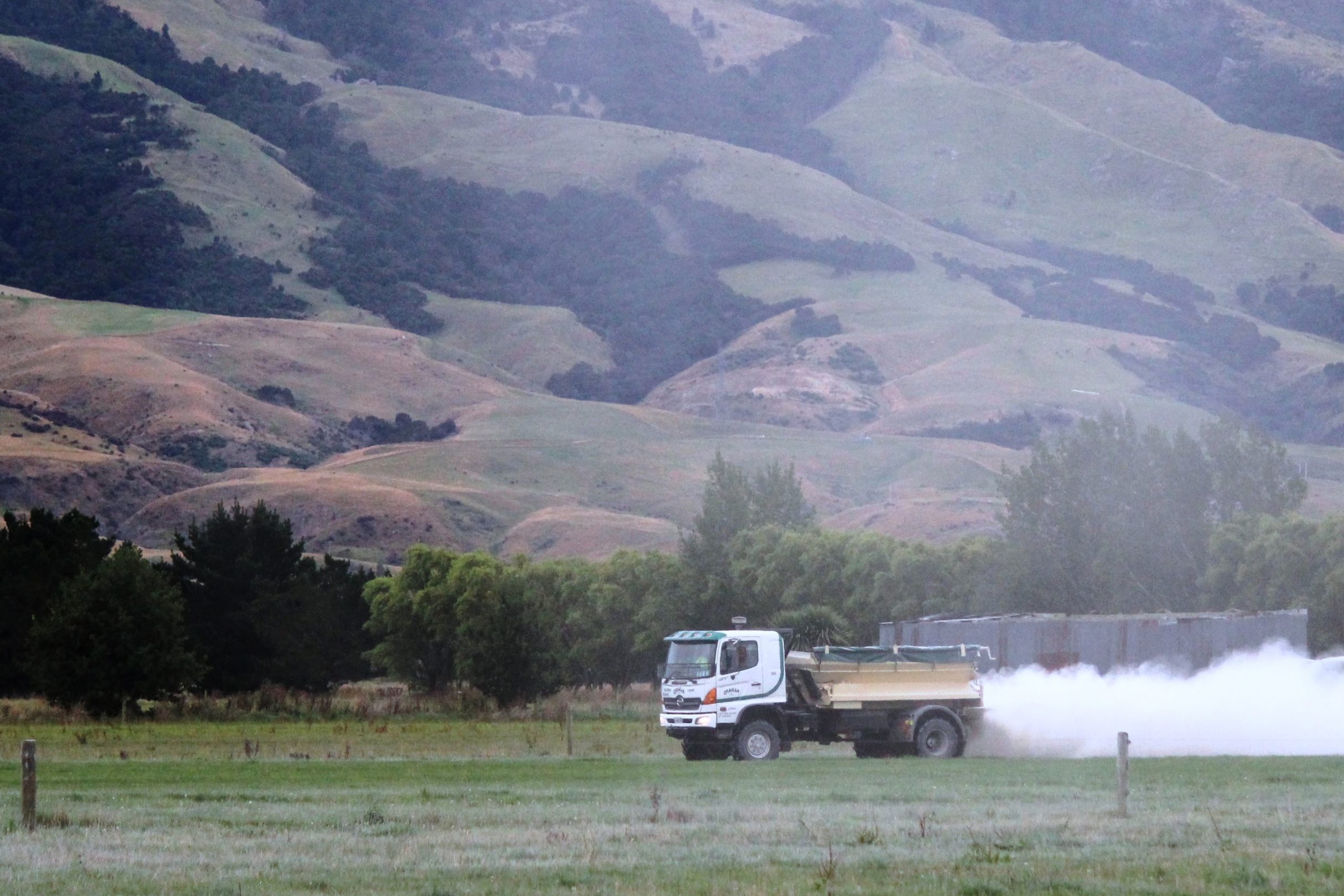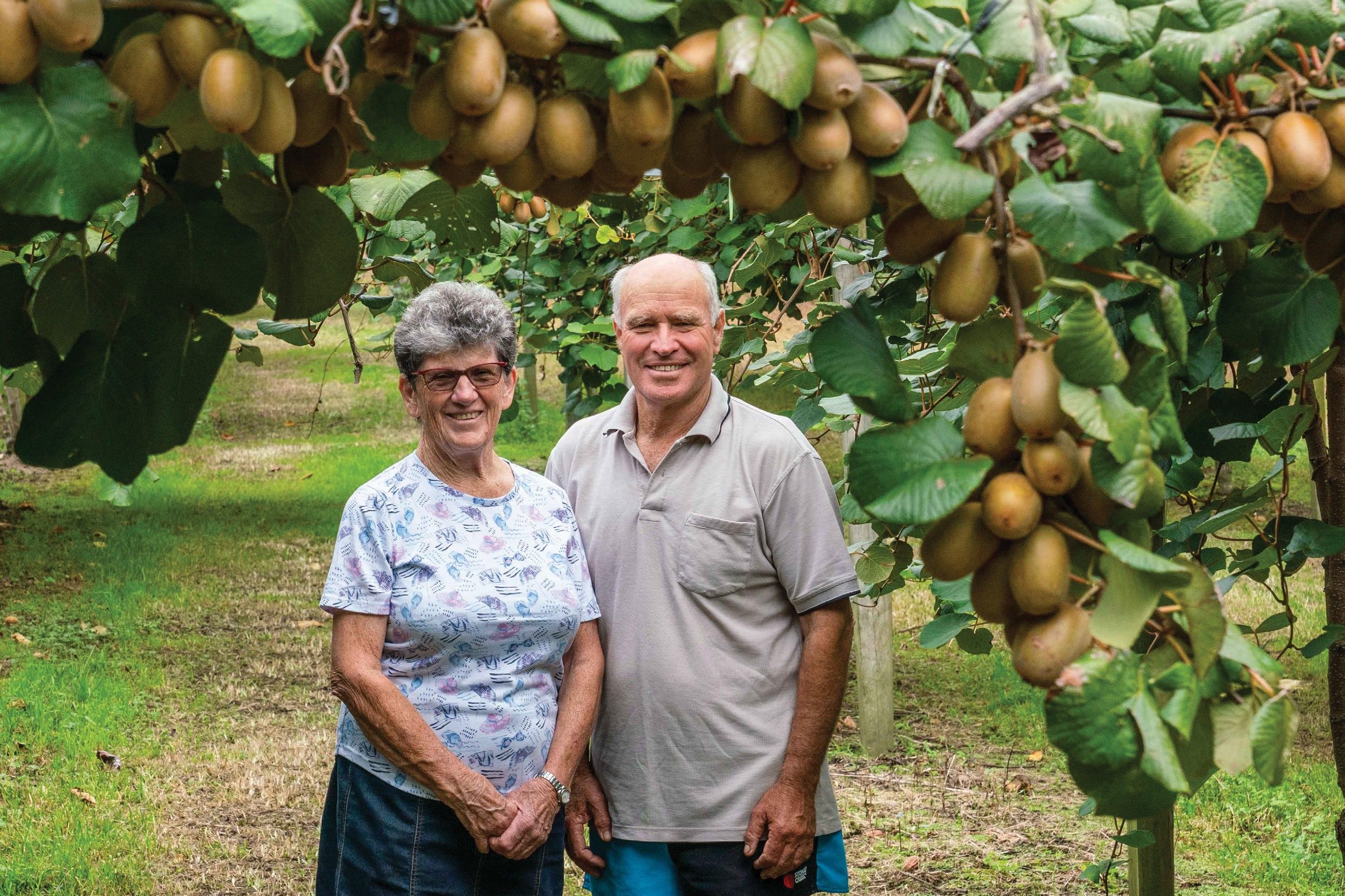By Anne Hardie
Clover needs 16 essential nutrients to grow well, but soil scientist Doug Edmeades says we often aren’t even soil testing correctly to know which nutrients are missing.
Speaking at a SMASH field day near Hokitika, the often-controversial Dr Edmeades said there is a generation of younger farmers who don’t know what a good ryegrass-clover pasture looks like.
Ideally, dairy pasture should be between 35 and 40% clover which will then put about 100kg of free nitrogen into the soil. Clover has a poor root structure though, so has higher requirements for nutrients. Because of that, it shows up deficiencies first which makes it the “canary in the mines” for farmers.
“If one of those 16 nutrients isn’t there, clover won’t grow. If your pasture isn’t pulling its weight, there will probably be an underlying nutrient problem. The chain is only as strong as the weakest nutrient.”
The nitrogen fertiliser cap and rising fertiliser costs should be making farmers look at clover as their friend.
“But we’ve lost sight of how to grow clover-based pasture.”
On his workings, a farm with a good clover pasture could produce 800 to 900kg milksolids (MS)/ha without nitrogen supplements – about 150kg N/ha/year. Whereas, applying nitrogen to pasture stimulated the growth of ryegrass which then shades clover so that it can’t do its job as well. Or clover doesn’t need to fix as much nitrogen.
“If there’s too much nitrogen in the soil, the clover decides it will use that rather than make its own.”
Regardless of its nitrogen-fixing capabilities, clover is also a better feed source than ryegrass and that makes it important in the pasture and worth looking after.
Clover has disappeared from many pastures though for a number of reasons, including nutrient problems. But he said it often only takes the right nutrients to kick start it. A bank of clover seed can remain viable in the soil for up to 20 years.
Getting all the nutrients right depends on soil and herbage tests. Animals don’t put nutrients back on the pasture evenly and if you take a soil sample from a urine or dung patch, it will alter the true results for a paddock.
A sample from a urine patch will produce results that may not match the poor-quality pasture you are looking at in the paddock. When urine patches are not obvious, the underlying soil fertility is probably good.
He advised farmers to get an expert to take soil samples – someone who knew how to look at pasture and where to take relevant samples. Then be aware of the variability of soil tests and use that data carefully. For those farmers struggling to grow clover, he recommended clover leaf samples and again, not from dung or urine patches.
On farms he has worked with, about 70% had one or more nutrients missing and often it was potassium, sulphur and molybdenum. The latter is usually only tested in herbage tests so farmers only doing soil tests don’t know if it is missing. Molybdenum is only required in small amounts but that small amount is essential for clover’s fixation of nitrogen by the rhizobium bacteria in root nodules. Clovers are more often affected by molybdenum deficiency than grasses.
“A sure sign you need molybdenum is if you can’t find any clover.”
A rule of thumb for soil testing is to take them the tests when pasture is actively growing and Edmeades pointed out that most soil sampling on the West Coast tended to be carried out in winter, when farmers had more time.
Clover is more dormant in winter, so you need to take samples when it is growing. Moisture and temperature drive clover growth and he said it fixed nitrogen in proportion to its growth. Clover fixes nitrogen, then animals eat clover which puts nitrogen into the soil, or the plant dies and goes back into the soil as organic nitrogen.
When clover is not growing, there is no nitrogen fixation occurring. It also can’t compete with ryegrass through the months it isn’t growing, but once the conditions are right, it will take off.
When the soil fertility is low, the pasture will generally be full of weeds and the whole composition of pasture could be improved by simply getting the clover growing well because it would then compete with weeds.
If farmers think they aren’t growing enough pasture by trying to rely on clover for nitrogen, it could be due to one or more of those 16 nutrients missing in the soil.
“Get the soil nutrients level right and clover does well.”
Edmeades is a fan of the older species of clover that have survived in a region, rather than newer species bred elsewhere. If older clover doesn’t emerge from the soil once nutrients are right, he said the bank of seed may have been depleted and then it is time to sow more seed.
Likewise, older pastures don’t always need to be replaced. Often it is a fertility problem.
“I see no reason why you have to be ripping up pastures every few years.”
- Dr Edmeades’ booklet, Pasture Visual Assessment, is aimed at providing farmers with the visual skills to identify possible nutrient limitations in clover-based pastures.





